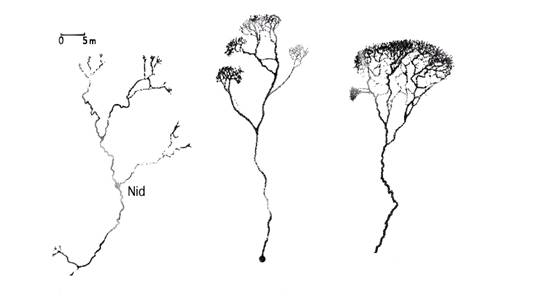





Published on Feb 14, 2025
Swarms have fascinating properties. Their individual mem bers follow simple rules - yet the swarm accomplishes complex tasks. No single member controls the swarm, making it extremely robust. This simplicity and robustness make them an interesting model for solving problems in computer science.
In this paper the term swarm intelligence is explained and the motivation behind the approach is discussed. Properties of swarms and social insects are described and the process of building a metaheuristic after an example in nature is looked at. Different uses of swarm intelligence are introduced and the usefulness of the field is evaluated
Swarm intelligence (SI) as defined by Bonabeau, Dorigo and Theraulaz is "any attempt to design algorithms or distributed problem-solving devices inspired by the collective behavior of social insect colonies and other animal societies" . So every time something is inspired by swarms - it is swarm intelligence. But why imitate swarms in the first place?
Swarms have fascinated scientist for a long time. Insect colonies for example seem to work in a coordinated manner - yet no single member of the swarm is in control. What is accomplished is an emergent phenomenon. Termites build giant structures, ants manage to find food sources quickly and efficiently and flocks of birds and schools of fish fend off predators and move as one body. But how does nature create this coordination?
Swarm behavior in nature is divided into two categories: Species whose individuals form a swarm because they benefit in some way and social insects - which live in colonies whose members cannot survive on their own

While constructing a nest termites for example will start by randomly placing pellets of mud. When there is an aggregation of pellets they will more likely drop pellets at that location than elsewhere. In addition the termites are guided by pheromone concentration forming for example the pattern for the royal chamber around the queen .
Ants use pheromones to find shortest paths to food sources. They lay out pheromone trails behind them and prefer regions with higher pheromone con centration when deciding where to go. Some species deposit different amounts of pheromone depending whether they are on the way to or back from the food source and depending on its size. As ants taking the shorter path will reinforce the trail more often the pheromone concentration rises and the path will be pre ferred by following individuals. This self-energizing effect leads to the development of a shortest path used by the individuals. Pheromone evaporation prevents stagnation, allowing for dynamic changes in the environment. It also avoids premature convergence on a not optimal path
| Are you interested in this topic.Then mail to us immediately to get the full report.
email :- contactv2@gmail.com |